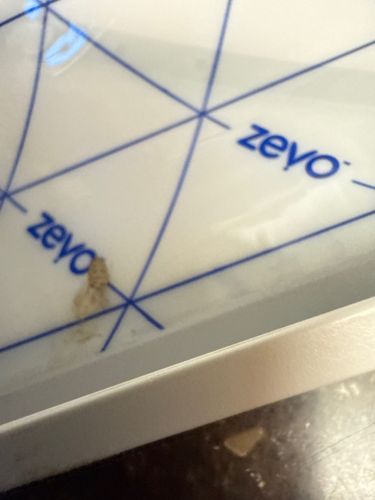Case-bearing Clothes Moth
Scientific Name: Tinea pellionella
Order & Family: Lepidoptera, Tineidae
Size: Larvae can reach up to 1/2 inch (12-13 mm) in length. Adults have a wingspan of about 1/2 inch (12-14 mm).

Natural Habitat
Indoors, particularly in dark, undisturbed areas with natural fibers. This includes closets, attics, storage areas, around baseboards, and under furniture.
Diet & Feeding
The larvae feed on materials of animal origin containing keratin, such as wool, fur, feathers, hair, felt, and silk. They can damage clothing, carpets, upholstered furniture, and stored textiles.
Behavior Patterns
Case-bearing clothes moths are known for the larvae building and living inside a silk case, to which they attach fibers from the materials they are feeding on. This case is carried with them wherever they go. The larvae are sluggish and prefer dark, undisturbed areas. Adults are poor fliers and tend to run or hop.
Risks & Benefits
The main risk is economic damage to textiles and other keratin-containing items. They do not bite or transmit diseases to humans. There are no significant benefits to the ecosystem in their indoor habitat.
Identified on: 8/9/2025